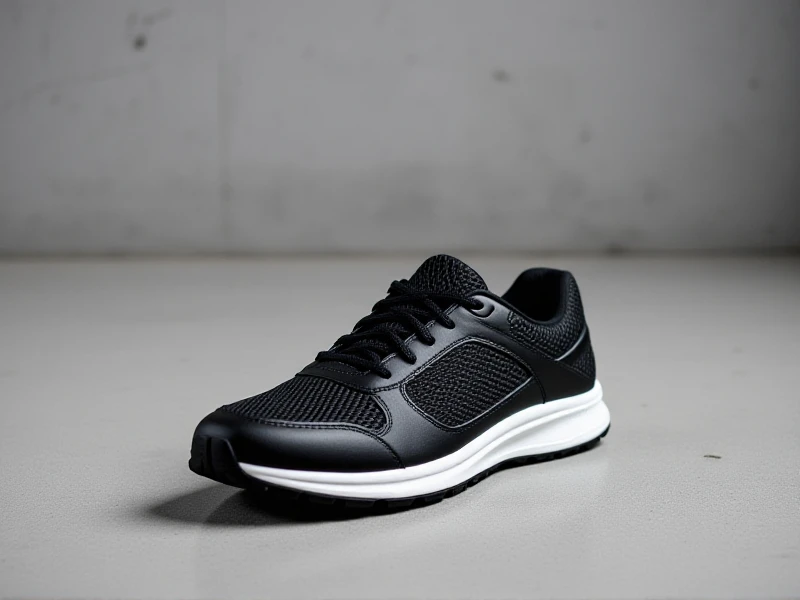The Complete Guide to Choosing Men's Sports Shoes in 2024

Here is an SEO-optimized article targeting "men's sports shoes":
Finding the perfect pair of men's sports shoes isn't just about fashion; it's about performance, comfort, and protection. Whether you're tackling a challenging trail run, pushing through a high-intensity gym session, or playing a weekend game, the right athletic shoe makes all the difference.
Today's market offers an astounding variety of men's sports shoes. Understanding your primary activity is key to narrowing down your search:
- Running: Options range from highly cushioned shoes for road miles to stable trail runners with aggressive grips. Look for responsive foams and breathable uppers.
- Training/Gym: Cross-training shoes blend stability for lifting with flexibility for lateral movements. Durability is crucial.
- Court Sports (Basketball, Tennis, Volleyball): These men's sneakers prioritize ankle support, lateral stability, and responsive cushioning for sudden stops and jumps.
- Walking & Casual: Many men's athletic shoes focus solely on all-day comfort and style, perfect for daily wear.
- Trail Running/Hiking: Durability, aggressive tread patterns, and water resistance are key features in rugged outdoor men's sports shoes.
Key Considerations When Buying Men's Sports Shoes:
- Fit & Comfort: This is non-negotiable. A thumb's width of space beyond your longest toe ensures comfort during foot swelling. Check the width and heel lockdown. Try shoes on in the afternoon when feet are naturally larger. If you're shopping online, check out the sizing charts and see the customer reviews for fit insights.
- Purpose First: Don't wear basketball shoes for distance running, or running shoes for intense gym sessions. Matching the shoe's design to your activity prevents injury and enhances performance. Know what you need before you browse.
- Cushioning & Support: Cushioning impacts impact absorption and energy return. Assess your needs: maximal cushion for comfort, minimal for a 'ground feel'. Stability or motion control features help correct excessive inward rolling (pronation) for some runners. Look for reinforced heel counters and arch support if needed.
- Outsole Material & Traction: Durable rubber compounds withstand wear while specific tread patterns grip surfaces effectively, whether it's gym flooring, pavement, or muddy trails. Think about the surfaces you frequent most often.
- Upper Construction & Breathability: Mesh uppers dominate for ventilation. Knit materials offer a sock-like fit. Synthetic overlays add structure where needed. Consider how breathable the shoe feels on your foot.
- Weight: Lighter men's running shoes promote speed (ideal for racing), while slightly heavier training shoes often offer more durability and stability. There's a trade-off between lightness and protection.
- Durability: Reinforcements around high-wear areas (like drag toes for runners or sidewalls for court players) extend the shoe's life. Check the materials in friction zones for signs of ruggedness.
Beyond Function: Men's sports shoes are fashion statements. Brands constantly innovate with bold colorways and eco-conscious materials. Iconic designs like retro runners seamlessly blend performance heritage with street style.
Finding Your Best Pair: Ready to upgrade? Invest in shoes specifically designed for your activity. Understand your foot type and gait. Prioritize fit and comfort above fleeting trends. Replacing men's sports shoes every 300-500 miles (or around 6-12 months of regular use) is crucial to maintain support and cushioning, helping prevent overuse injuries. If you're prone to shin splints or joint aches, your old shoes might just be the culprit.
From dedicated performance models to stylish everyday sneakers, the perfect men's sports shoes are out there. Define your needs, set your budget, and step into footwear that supports your active lifestyle with every move.